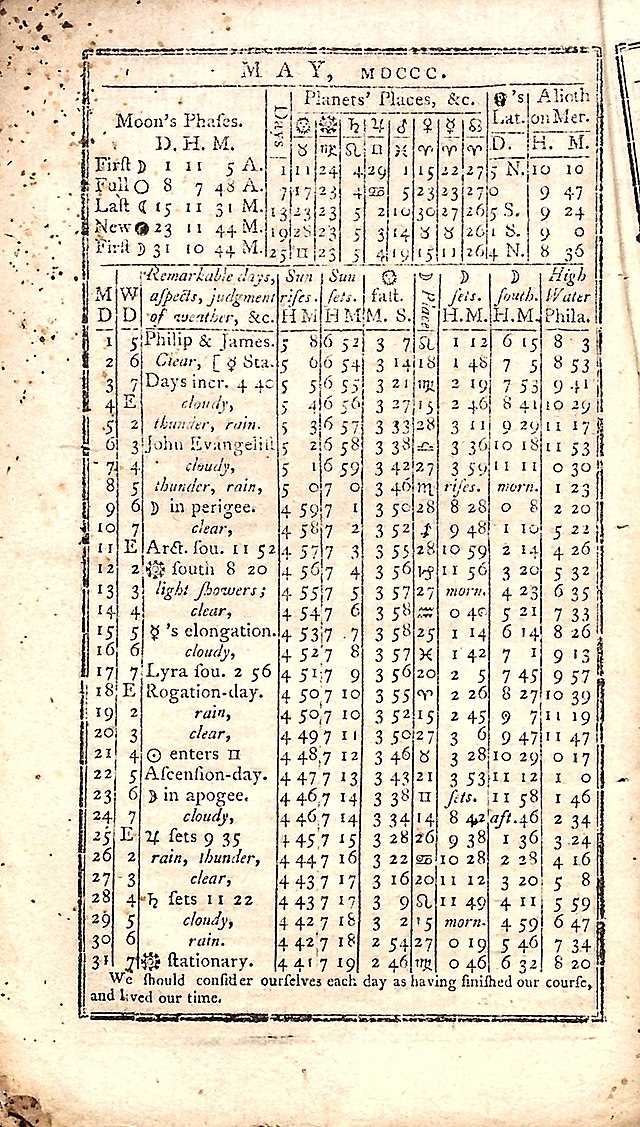Part of being students of history is reading heavily in the subject, whether within our own professional specializations or elsewhere. Such intense engagement with published texts, from academic monographs to more public facing volumes, has led to us developing certain stylistic preferences and annoyances with everything from writing to formatting to citations. Many of these are due to the decisions of publishers, and some may even have good reasons behind them. Our staff just can’t resist giving our own opinions on what we’ve observed and have developed into personal pet peeves.
“I’m a history major, I don’t do math” was a common half-joking refrain in our undergrad circles. Any historian worth their degree, however, knows that it is often statistical and numerical data that can make or break an argument, regardless of what subdiscipline one is writing in. Just as often, though, those very same facts and figures are deployed in ways that make me less inclined to support a book’s author rather than more. As with any other piece of historical evidence, numbers need to be elegantly and meaningfully incorporated into one’s narrative, and in a manner appropriate for the intended audience. I’ve noticed three main ways this principle tends to be violated in major publications, and they can’t stop soon enough.
Tidal Wave of Data
Any history book that makes it to press is the culmination of years, sometimes even decades of intense research; no wonder authors try to cram in as much of that preparation as they possibly can. Sometimes, though, you need to know when information is too specific or simply not relevant to the discussion at hand. Too often, I find myself reading along and hit with an absolute wall of a specific list, going on for an extended sentence or even an entire paragraph, as the author details the precise demographic makeup of a province or the supplies available to a besieged fortress, down to the individual loaves of bread. This tends to be a particular problem in military history, especially the kind of old-style monographs that insist on packing mind-numbing levels of detail into war and battle narratives. It is also highly dependant on the audience; when writing a graduate dissertation, historians absolutely should be going into this much detail and demonstrating the intricacies of their research, but when writing a book for popular consumption, just comes off as elitist or eggheaded. While I try never to skim while reading for pleasure, I have to admit that such encounters make my eyes glaze over, and I often can’t help but move on having only partially absorbed the information being conveyed.
Who Needs Context?
Everyone wants their arguments to land with strength, and for readers to be impressed by the gravity of the history they’ve just read. Simply acting like something is impressive without giving the context to demonstrate why it is so can have the opposite effect, however. So many statistics on their own do not sound like figures that should be made as big a deal of as they are, and when authors use seemingly-insignificant numbers as punchlines, the whole effort just falls flat. 1% of citizens voting is shockingly low. 1% mortality rate due to an epidemic is shockingly high. 1% of workers being involved in a certain industry is…not readily impactful either way, without more information and comparison. As with so many things in history—and everything else—context is everything.
Everything’s Relative When You Need Shock Factor
The mirror image of my above criticism is when data that really isn’t that impressive is rephrased in proportional terms so as to appear so under an uncritical glance. Losing 90% of your money at the casino can constitute $9,000, $90, or $9 depending on how much was in your pocket. Such statistical manipulation is likely due to the pressure to argue for the significance of one’s own arguments—as well as historians’ tendencies to see our own areas of study as naturally more significant than others. As any math major can tell you, though, numbers may not lie, but they can certainly be made to misrepresent.
